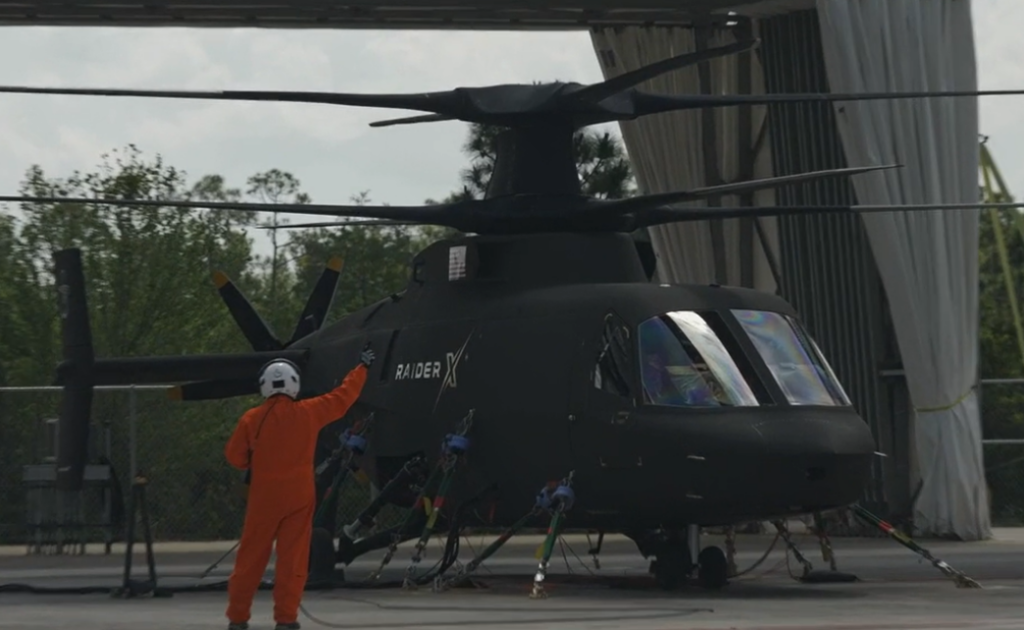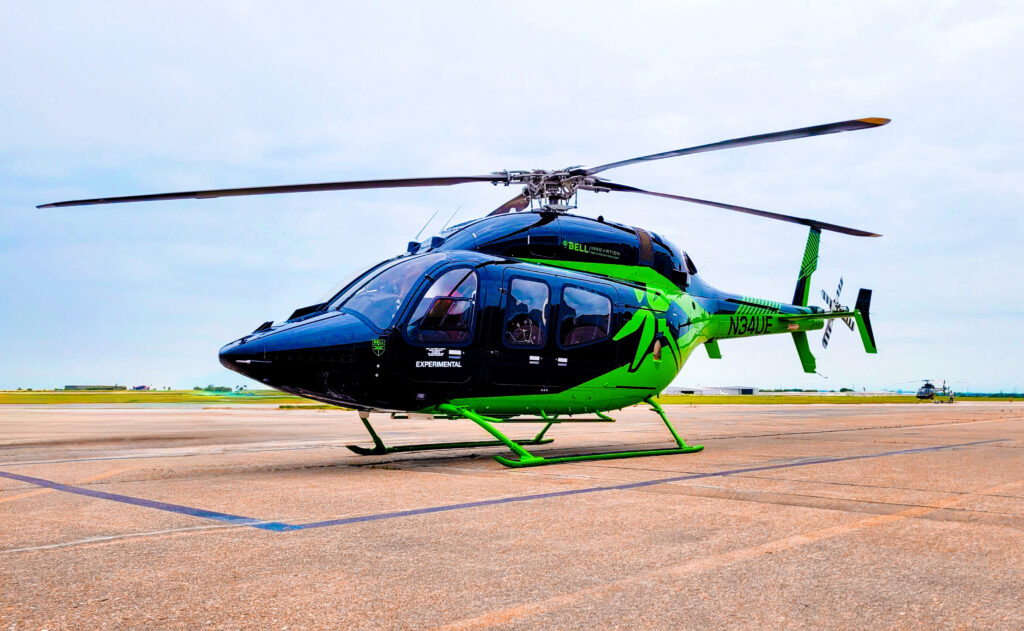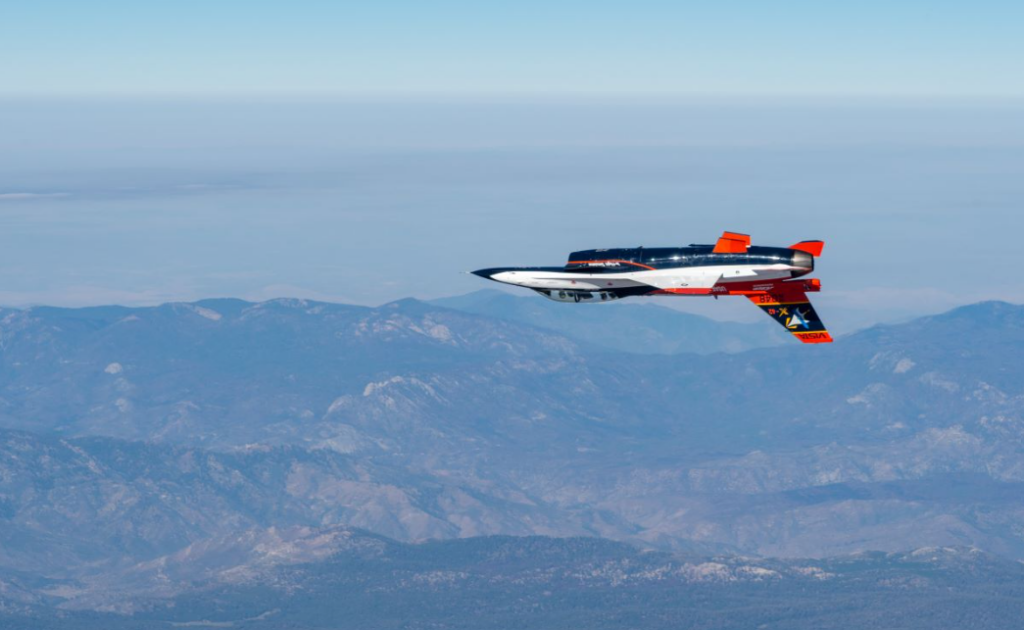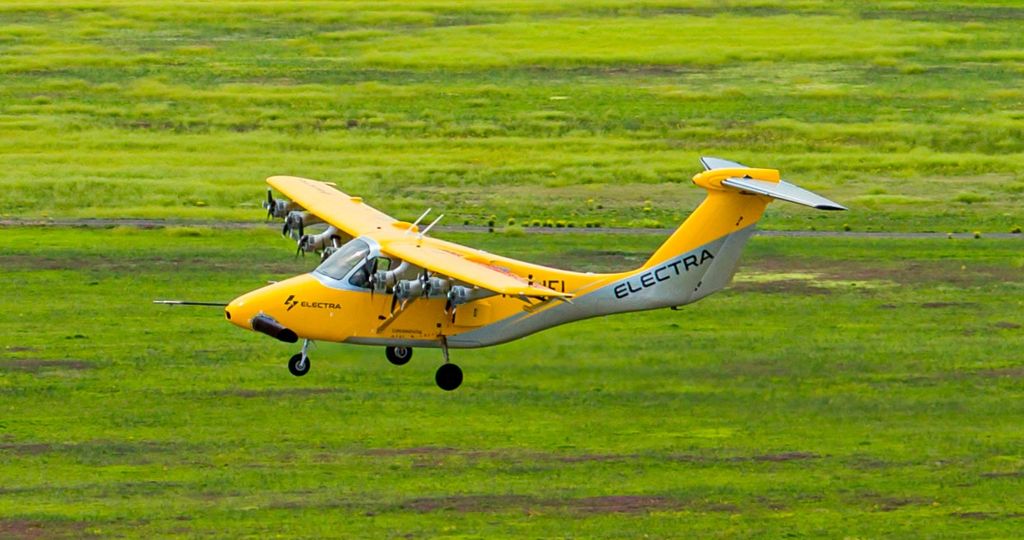
DENVER — The Army recently ran the new GE Aerospace T901 next-gen helicopter engine on Sikorsky’s Future Attack Reconnaissance Aircraft (FARA) prototype, gathering data ahead of a planned first flight with the new engine on a UH-60 Black Hawk in early 2025.
Brig. Gen. David Phillips, the Army’s program executive officer for aviation, told reporters further test T901 engines, developed under the Improved Turbine Engine Program (ITEP), will be delivered to Sikorsky in the coming months to begin integration work on Black Hawk.
“With that effort [on the FARA prototype], we gained a lot of data that will transition into the ITEP program. First into the Black Hawk program and then into the Apache,” Phillips told reporters at the Army Aviation Mission Solutions Summit here. “We’re going to start [with Black Hawk] that at the end of May and the beginning of June. We’ll get those engines integrated into the aircraft. We’ll do some power on checks later this year. Throughout the rest of this year, there will be planning in parallel. After we finish the preliminary flight rating testing on the test stands of the other engines that would feed right into the air worthiness release to do the first test flights and ground runs. Those will probably occur next year based on the schedule where we’re at today.”
GE Aerospace was awarded a $517 million contract in February 2019 to develop its T901 engine for ITEP, which will eventually power the Army’s AH-64 Apache and UH-60 Black Hawk helicopters.
The T901 was also intended to power the future FARA platform before the Army announced in February its plan to cancel development of the program, which had been in a competitive prototype phase with Sikorsky and Bell.
Along with canceling FARA, the Army noted at the time it would also delay moving into production of the T901 engine and invest in further research and development efforts.
Sikorsky President Paul Lemmo told reporters at the conference here the company proposed testing ITEP on its Raider X prototype soon after the FARA cancellation announcement, viewing it as an opportunity to get a “head start” and reduce risk heading into Black Hawk integration efforts.
“I’m very pleased to announce that on April 10 we lit off the [ITEP] engine and turned rotors for the first time on our FARA [prototype]. And, again, the main point here isn’t that we’re proceeding with FARA, I want to make that clear. We are burning down risk for the ITEP engine to go on the Black Hawk. And that’s really the first aircraft [the engine’s] going to go on and then the Apache, I believe, as well,” Lemmo said. “And [the ITEP engine] performed well. We’re still analyzing the data. Essentially, we ran it at low speed, obviously, for the very first time that it was going to turn rotors.”
“So you can kind of view this as giving us a head start because we don’t have two engines today for Black Hawk. And the engines that we should get for Black Hawk, they’ll be more qualified, if you will, to move into flight and full testing than these early engines were. That’s why it didn’t make sense to just wait if we can do it on FARA, have a ground run, see what data measurements we get and results. And if we learn something negative, then GE could go work that. But fortunately, so far, we haven’t learned anything negative,” Lemmo added.
Lemmo said the Army has now authorized Sikorsky to run the T901 engine up to full speed on the ground, while he confirmed there are no plans right now to actually fly the company’s Raider X prototype with the new engine.
“We have a test plan that would get us a number of more ground runs until we kind of learn what we need to learn. And, hopefully, by that point will have received the engines for Black Hawk. And then it’ll make sense to just transition and do the rest of the work on Black Hawk,” Lemmo told reporters.
After receiving the test T901 engines for Black Hawk in the coming months, Lemmo said Sikorsky is planning work on integration and ground runs for six months before moving into flight tests early next year.
“We view the ITEP engine as foundational for Black Hawk modernization. It’s going to provide additionally not only efficiency with the engines, which results in more range, but also more power, so more lift capacity for the aircraft,” Lemmo told reporters. “[The Army] is committed to ITEP on the Black Hawk. Obviously, with the funding cuts, the program’s been slowed a little bit but we’re going to be off [soon] in testing.”
Lemmo noted Sikorsky has had a contract with the Army to work for the last couple years on modifying two Black Hawks so they’re ready to accept ITEP engines for testing.
“We did modify all the connections. There’s electrical connections, there’s hydraulic, there’s fuel. We’ve modified the compartment in the aircraft that the engines goes into, basically to GE’s specs,” Lemmo said. “I think the fact that we proved it on FARA that the engine fit the first time in gives us good confidence that it should fit properly [in the Black Hawk].”
Sikorsky’s work with the ITEP engine is part of its remaining activities on FARA as the Army winds down the program through the end of FY ‘24, although Lemmo noted the company has not yet been informed on what the service may do with its prototype airframe moving forward.
“We’ll be working through that as the contract winds down,” Lemmo said. “A lot of our investment is in our intellectual property. So we obviously retain whatever intellectual property we have invested in. But, the Army essentially owns the aircraft.”
Phillips told reporters the Army is still working through its priorities for remaining FARA activities and what will be done with Sikorsky and Bell’s airframes moving forward, calling it an “evolving process.”
“For the future long-term disposition, we haven’t decided yet. We will decide what that long-term disposition will be later this year. But it’s an evolving process as we’re working with industry to ensure we understand the opportunities that are available there to continue work or are there opportunities where we need to shift to higher priorities,” Phillips said.
A version of this story originally appeared in affiliate publication Defense Daily.
The post Sikorsky Runs ITEP Engine On FARA Prototype, First Flight On Black Hawk Likely In Early ‘25 – April 25 appeared first on Avionics International.
—————
Boost Internet Speed–
Free Business Hosting–
Free Email Account–
Dropcatch–
Free Secure Email–
Secure Email–
Cheap VOIP Calls–
Free Hosting–
Boost Inflight Wifi–
Premium Domains–
Free Domains










